Buy High-Quality Henna Stamps
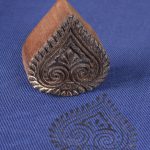
Henna Stamps/mehndi blocks are used to print tattoo or henna/mehndi in specific patterns and designs on human body. Tattoos or henna printed with with these stamps/blocks are bound to skin, preventing colour fading when washed or subjected to friction and last longer than any tattoo/henna printed with other technique or tool. Henna stamps/mehndi blocks can apply colours on skin during printing to create diverse designs. A tattoo/henna can be printed in several different ways but one such process is printing with these stamps, which entails carving a specific pattern or design on a block of wood, dipping it in henna or skin friendly color, and then printing it on skin.
While henna can be printed with stencils too, but printing with these stamps/blocks give better results and are more eye catching. Tattoos printed with these stamps/blocks are more intricate than done with other means. Exquisite patterns of flowers, animals, and geometric designs can also be printed with these stamps. RR Printing Tools presents you with beautiful sets of henna stamps to help you to bring out your creativity and your preferred designs get carved on a piece of wood stamp. We also offer Custom Carved henna stamps to our customers. Please feel free to reach us and know more about our product range.
Please keep this reading till the end to know about this traditional and beautiful type of henna printing.
Importance and History of Henna Stamps and Mehndi Blocks
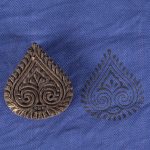
In the eastern a part of the world, henna/mehndi is usually used to celebrate momentous occasions, especially weddings. Ladies or girls apply henna/mehndi with henna stamps or mehndi blocks. The mehndi function is an integral part of a marriage ritual, and therefore the time-consuming application process is a reminder for the bride-to-be within the middle of all the chaos. But why did this tradition start within the first place? What does it signify, and has it evolved with time like other bridal customs? we discover out.
History of Mehndi
Henna could be a shrub that grows within the tropical climates of Africa, northern Australia and southern Asia. Mehnndi springs from the Sanskrit word mendhikā, while henna owes its origin to the Arabic name for Lawsonia inermis, Heena. The leaves of the henna plant contain a red-orange molecule, capable to temporarily stain the skin, hair and nails. Before hair dyes and tattoos made a mark within the world of beauty, henna leaves were dried and ground into a powder, mixed into a paste and applied employing a variety of techniques. And one technique includes staining palm with henna stamps or mehndi blocks.
Various shades are obtainable by mixing this plant with the leaves of other plants, like indigo. Counting on the situation and availability, different ingredients like tea, coffee, cloves, tamarind, lemon, sugar and various oils are also accustomed to enhance the color and longevity of design.
Art of Henna Printing has reportedly been used for body art for a minimum of 5,000 years and contains a long history of migration and cultural interaction. Some scholars claim that the earliest documentation of henna uses are found in ancient Indian texts, images and tradition, indicating the usage of mehndi or heena for staining palm with henna stamps or mehndi blocks. Others claim that the application of henna or mehndi with these stamps/blocks on the body was delivered to India by the Mughals within the twelfth century, centuries after it had been in use within the Middle East and geographical area. But according to New-York based mehndi artist Sharmin Samantha, the signs of henna application are found on Egyptians mummies too, whose hair and nails were found with the reddish-brown tones of henna stains.
India is certainly credited for popularizing it as a bridal form with its intricate designs through its diaspora. Some doctoral candidates from several Universities who blog on henna rituals, says that there are evidences to prove that the applying of mehndi/henna patterns with henna stamps and mehndi blocks in India started in the Mughal period. In their detailed presentations and research papers, they also bring attention to how every painting during that point showed women with henna-ed fingertips and stained palms—but these absolutely were more solid or bold patterns than intricate patterns some time past.
The significance of Henna/Mehandi application With Henna Stamps on the eve of Mehandi Night
Traditionally, the Mehandi Night is organised before the marriage day to keep the bride’s stress level low. The green henna/mehandi paste is applied to the hands and feet, which house the nerve endings within the body, to assist calm the bride’s nerves. While having the elaborate designs printed with these stamps on to the limbs ensures that the bride has got to keep away from her gadgets and just be with in the moment today, originally, it signified her confinement to her home until the marriage. Of course, this can be dismissed as a superstition, but the concept behind the custom was to stay the bride-to-be safe and rested before her big wedding day. Applying Henna/Mehandi with henna stamps is also considered part of the solah shringar (16 steps) recommended by ancient texts to induce the bride ready for her new life. Not only it is considered to bring luck, joy and wonder, its scent also said to own aphrodisiac properties.
Bridal Mehendi traditions around the world - Different Traditions of printing intricate art motifs with Henna Stamps
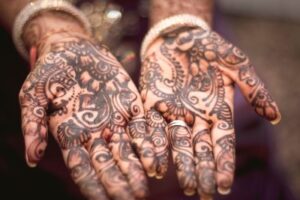
In most Indian communities, mehandi accustomed traditionally be applied by someone happily married from the bride’s group of friends and family. Itis believed that with each henna/mehandi stamp on the body, the bride will be blessed with good vibes and desires. During the Turkish ‘henna evening’, henna color and henna stamps are traditionally brought in by the bride’s mother-in-law, and dispatched in blobs.
Bridal traditions in some countries are very complex, like in Yemen. Here bridal’s henna application takes 4 to 5 days to finish, with multiple henna stamps and resist techniques. Customs vary in India also from state to state. In Rajasthan traditionally, the grooms are given henna stamp designs that are often as elaborate as those for brides. In south India, henna is often utilized by the Mappila (Muslim) community during weddings and festivals.
The new face of Henna Stamping on Bridal Mehandi eve
With time, henna application has become an art form, and today, brides book professional henna/mehandi artists keeping their aesthetic sensibilities in mind. Generally, Arabic (Middle-Eastern) mehandi features large, floral pattern stamping on hands and feet (but only till the wrists and also the ankles), while Indian (Asian) mehandi is characterised by fine lines, lacy, floral and paisley pattern stamps covering hands, forearms, feet and legs. And henna stamps motifs are large and bold with geometrically patterned designs, in Africa.
Though the design patterns have evolved, but the traditions still continues. Brides may decide which henna stamp designs to be used, but will still request the artist to cover the spouse’s initials within the patterns, as dictated by the custom. Because the old wife’s tale goes, the color of mehandi signals what quantity the bride are going to be loved in her new household, which explains why the hunt for the darkest henna persists. Manchester-based mehandi artist, Alia Rangrez, also revealed that new-age brides became very aware of what their henna color and henna stamps are manufactured from. They prefer to use only organic colours that’s free from synthetic chemicals. For best results, this henna colour is applied with best in class henna stamps and is left on the skin for eight hours. Recent times have also seen mehandi artists being revered and recognised for his or her work. Some from the close-knit community of artists have also managed to make signature henna stamps and generate a cult following. It has definitely become more glamorous, the fun, casual vibe of mehandi nights but the tradition continues.

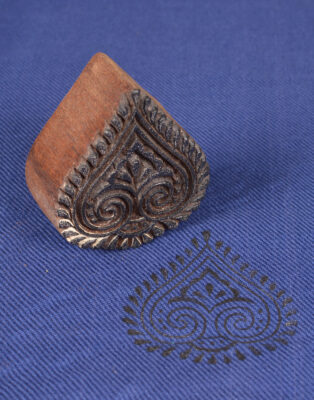
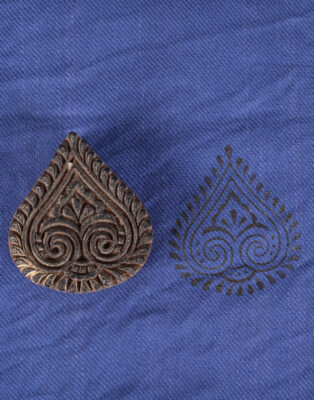
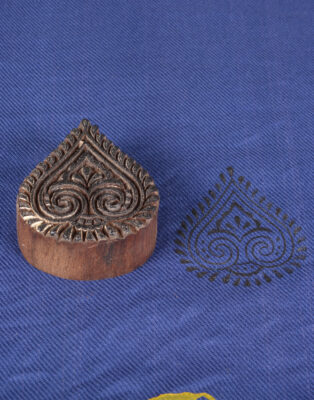
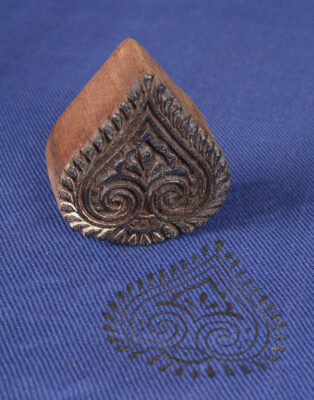
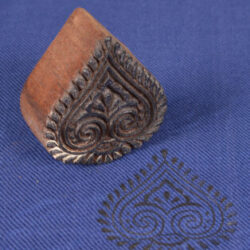
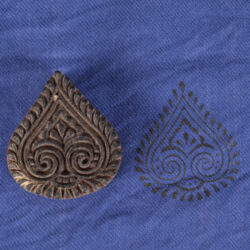
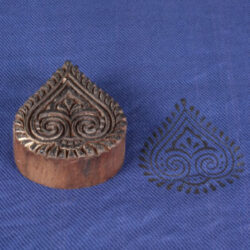
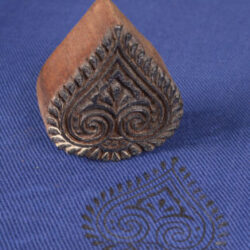
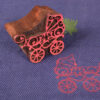
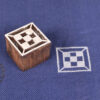
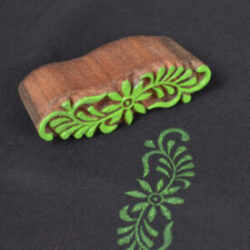
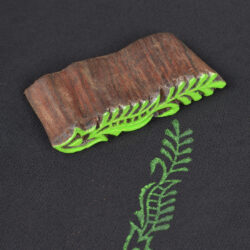
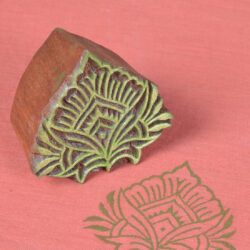
Reviews
There are no reviews yet.